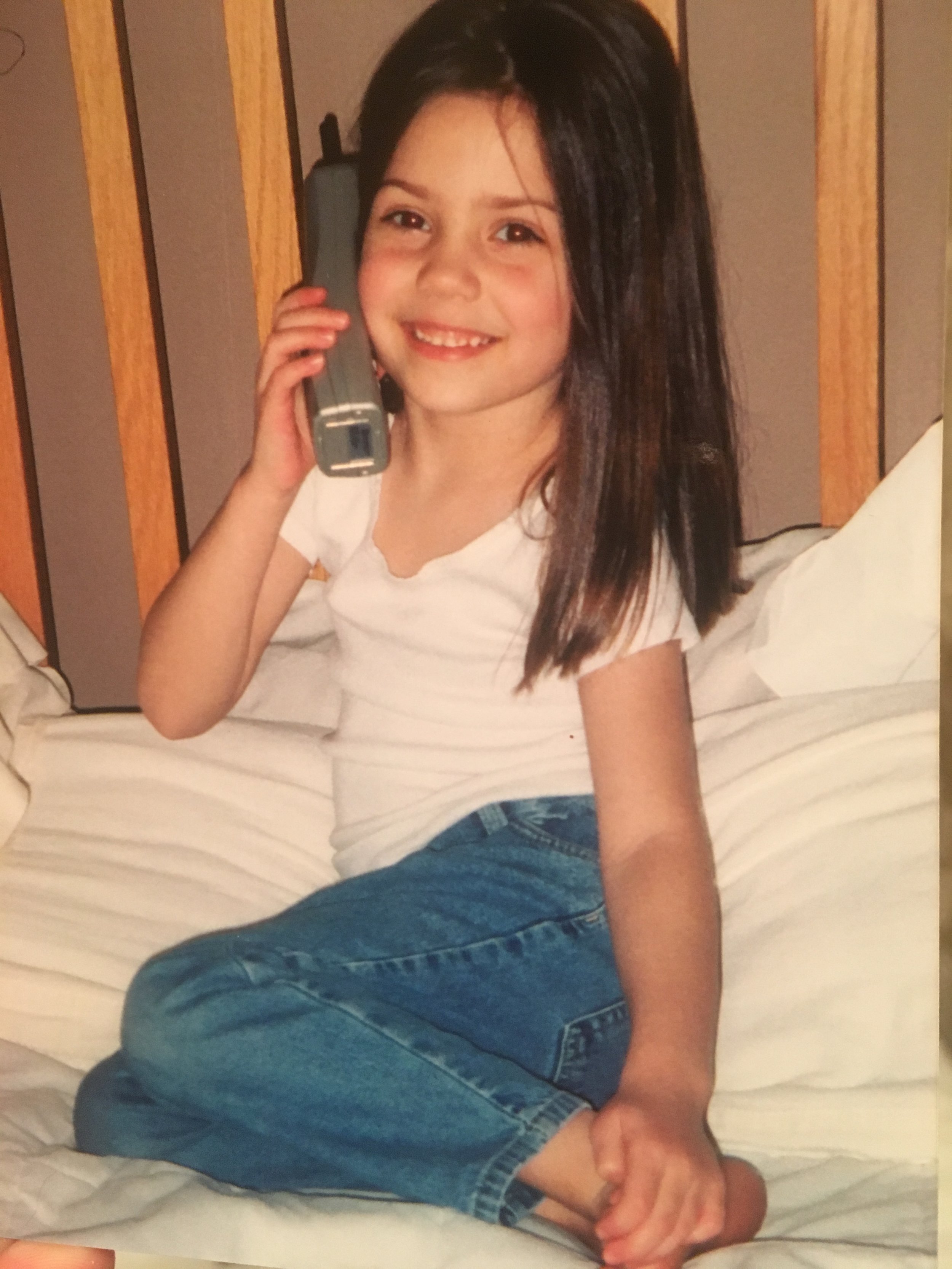One Girl’s Dream
I’ve been sorting through a lot of old things lately and came across a series of essays from 2003-2004. I thought they deserved to see the light.
Fourteen is an awkward age. In twelve short months, girls go from being naive, giggly middle school students, to overwhelmed, freshmen in high school. The social aspects of their lives are altered as they venture from a familiar haven to unknown territory. It’s not as if they have a choice. Every kid in America has to make that seemingly impossible transition. Eighty years ago, adjusting to a new school was something most girls never experienced. They were too busy worrying about their futures as mothers and housewives to have the opportunity to pursue an education. Girls married young, had children young, and spent their lives taking care of their families. My great-grandmother, for whom I am named, was no exception.
Giovanna Nicolina Ferraro left the country she called home for 14 years to embark on the journey of a lifetime. Having spent much of her life savings on a flimsy piece of paper that would see her to the new world, the land of opportunity, and a new life, she gathered the few belongings that would serve her best, and said goodbye to life as she knew it. Giovanna and her fiancé Dominico dreamt of the day they would be able to leave the hamlet of Varapodio, cross the Atlantic Ocean, and start a new life in America, the land they had heard so much about. This dream was realized in late July 1920, when the young couple boarded the SS Re D’Italia and bid their homeland farewell forever.
Day of cramped quarters and crowded decks left Giovanna longing for the signs of land to the west. On August 8, 1920, the first glimmer of Lady Liberty’s shining torch pierced the blue sky, awing the masses that passed beneath her. Giovanna felt the most difficult part of her voyage to an American life was behind her, but in reality, it was only beginning. My great-grandparents, like the millions of other immigrants from Europe, entered the country through Ellis Island. Neither one spoke any English, which made their transition into the country all the more difficult. Giovanna, a mere child, was overwhelmed by the magnitude of the largest immigration center in the country. People speaking countless languages were rushing around, carrying suitcases, trunks, bags and basket throughout the cavernous building. After much searching, Giovanna and Dominico finally found their way to the appropriate line where they waited hours to be inspected for illness, state their intentions, and be admitted into the country.
In the 1920s, in America, heritage wasn’t celebrated as it is today. Immigrants wanted to blend in, to trade in their customs for the ways of our diverse, enormous meting post. Giovanna and Dominico had names that were unmistakably Italian. In keeping with the spirit of a new life, Giovanna became Jennie and Dominico became Dominick. They married in 1924, and by the time the Great Depression hit, they had three new mouths to feed. Before it ended, they’d have two more. Dominick worked hard on the railroads to support his growing family, but money was always tight. I remember my grandfather, their son, telling me that on Christmas, all he receive in his stocking was an orange and a piece of peppermint candy, and yet they were such a happy, case-knit family.
This closeness is what kept them strong through the thought times and what keeps my family strong today. The fact that I talk with my hands, have dark skin, and a hairy upper lip isn’t all the Italian side of me has to offer. The camaraderie of an Italian family is indescribable. The perseverance and determination that I see in my family, that I see in myself, can be traced to my great-grandparents. My family is your typical middle-class American family. We aren’t over conscious of our heritage. We don’t parade our ethnicity on our sleeves, but deep down we are proud of who we are and where we came from. Because of one 14-year-old girl’s dream and courage to pursue it, I am a third-generation American citizen.





